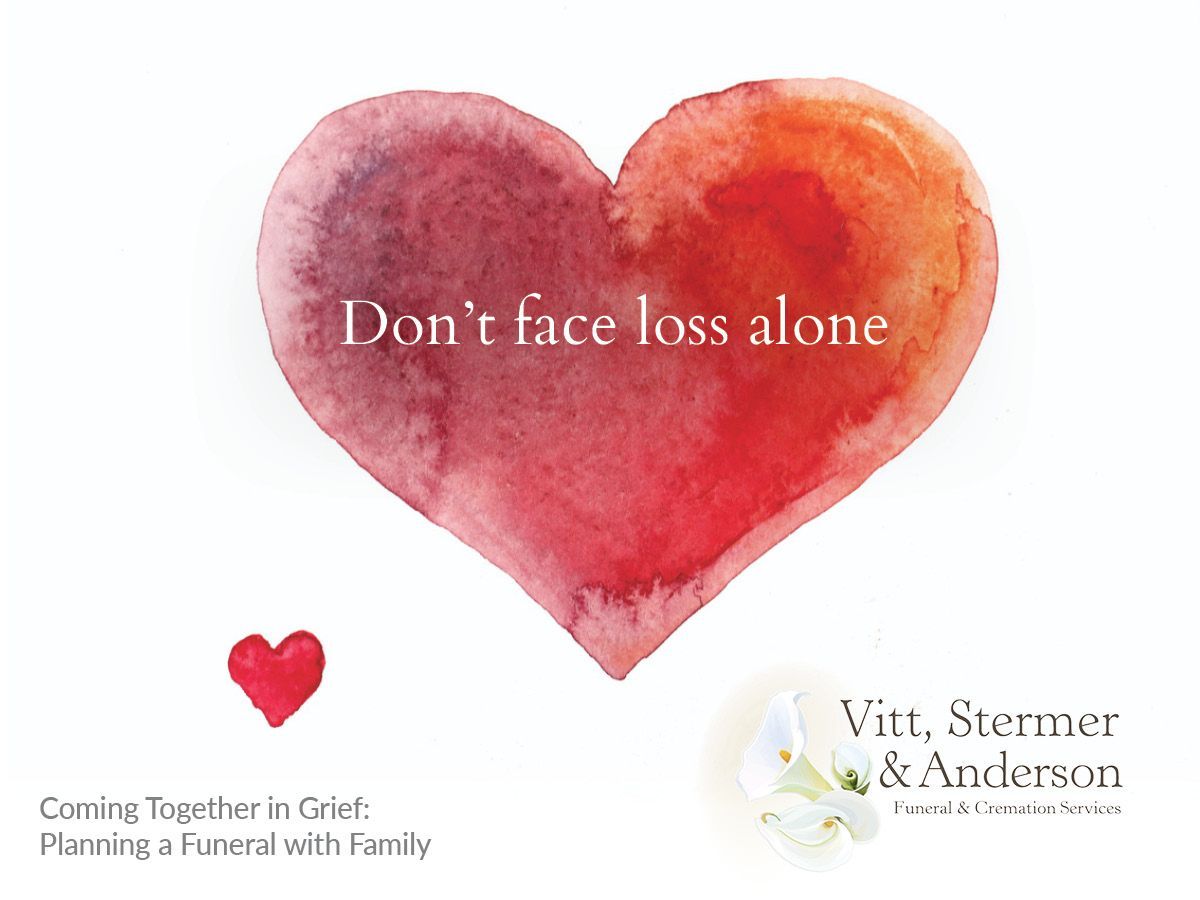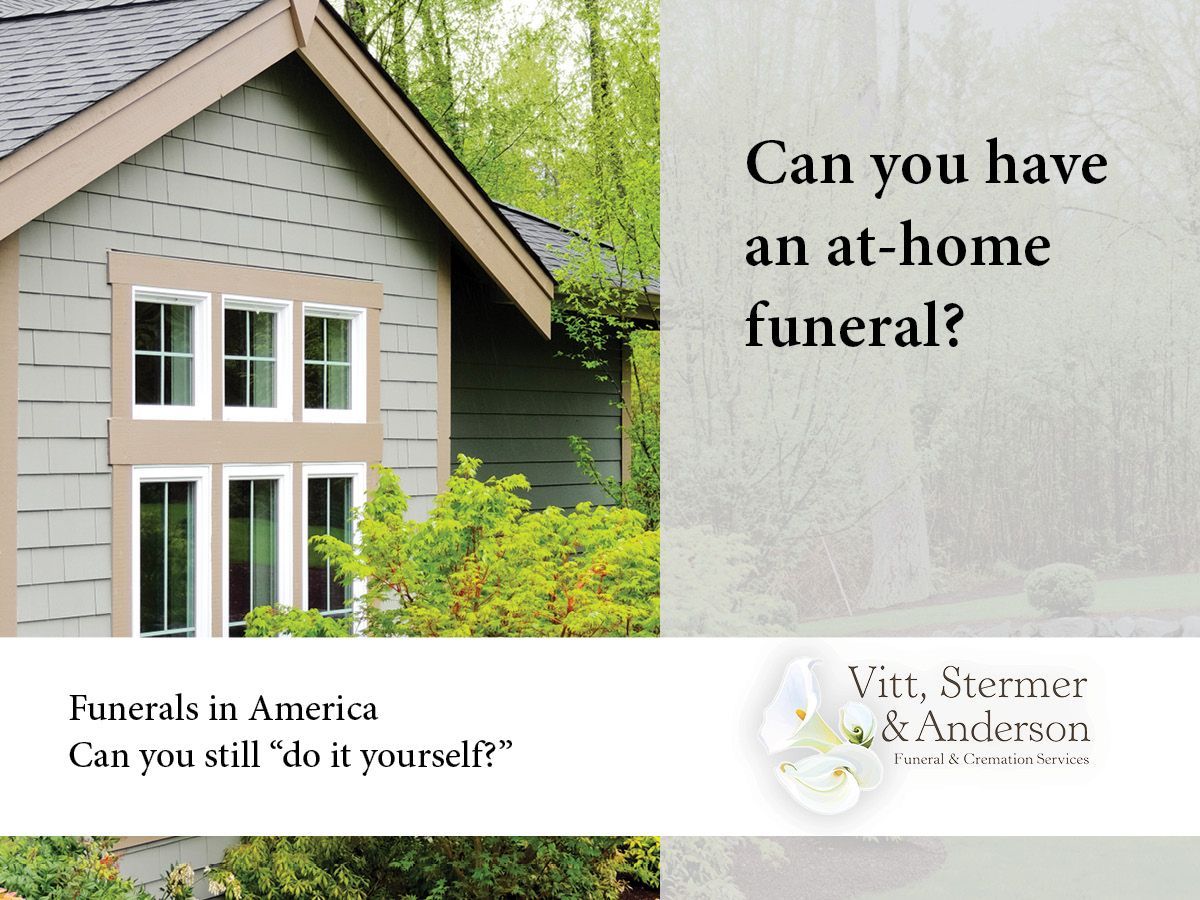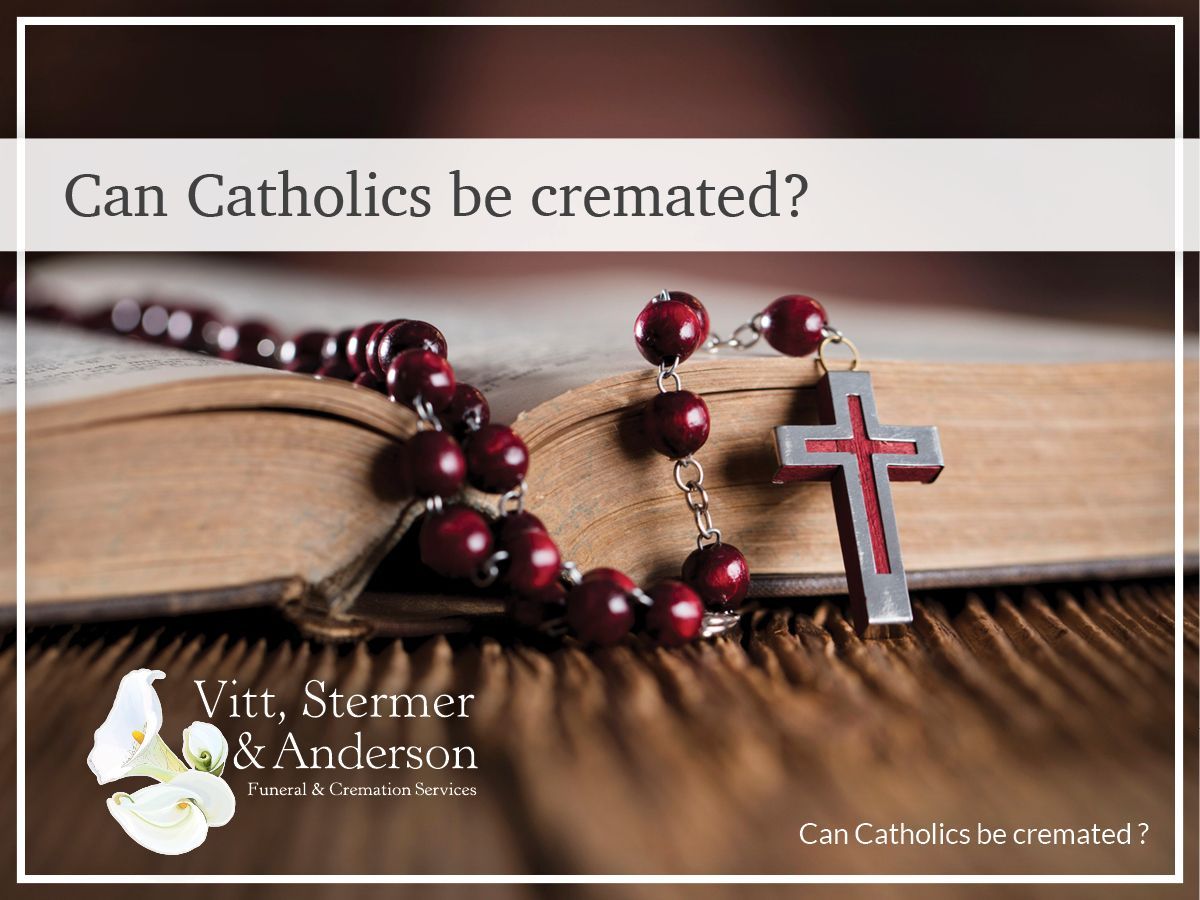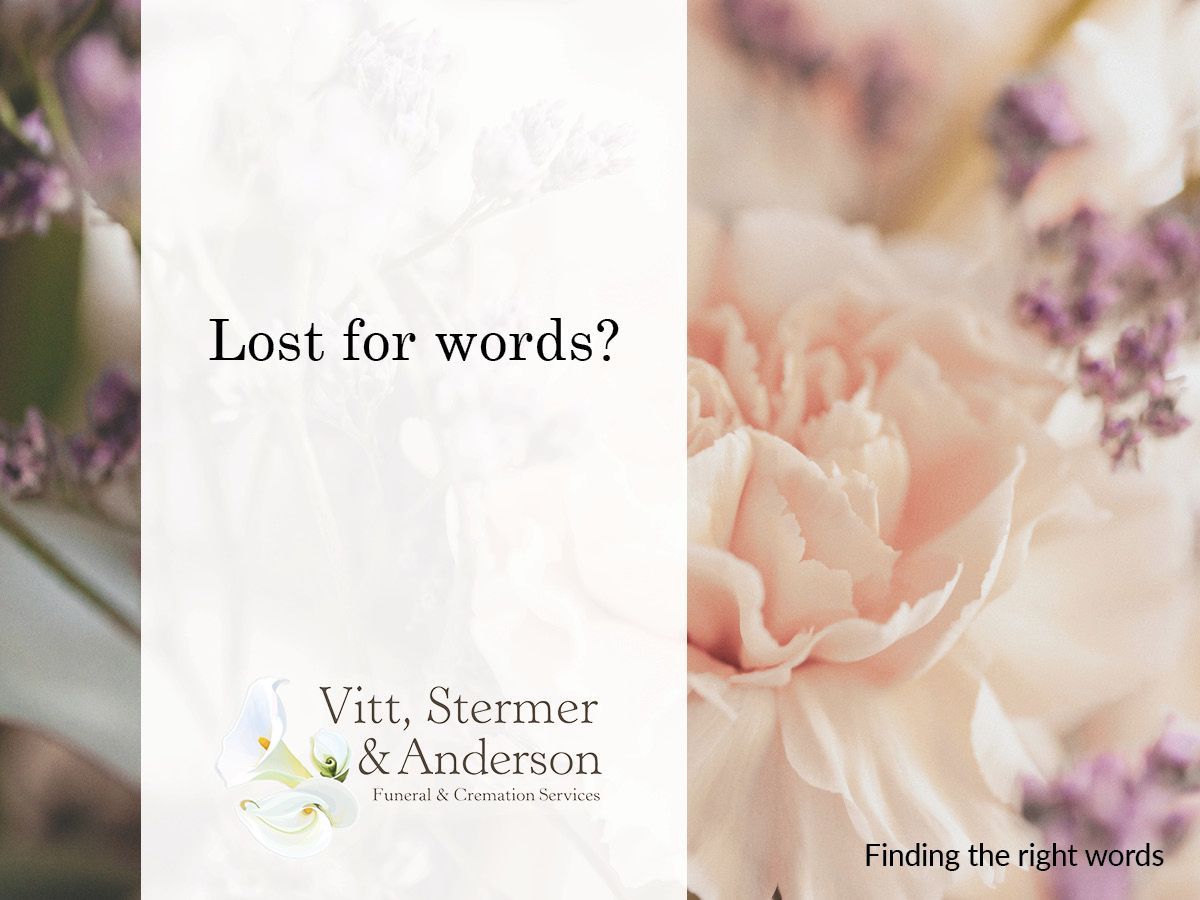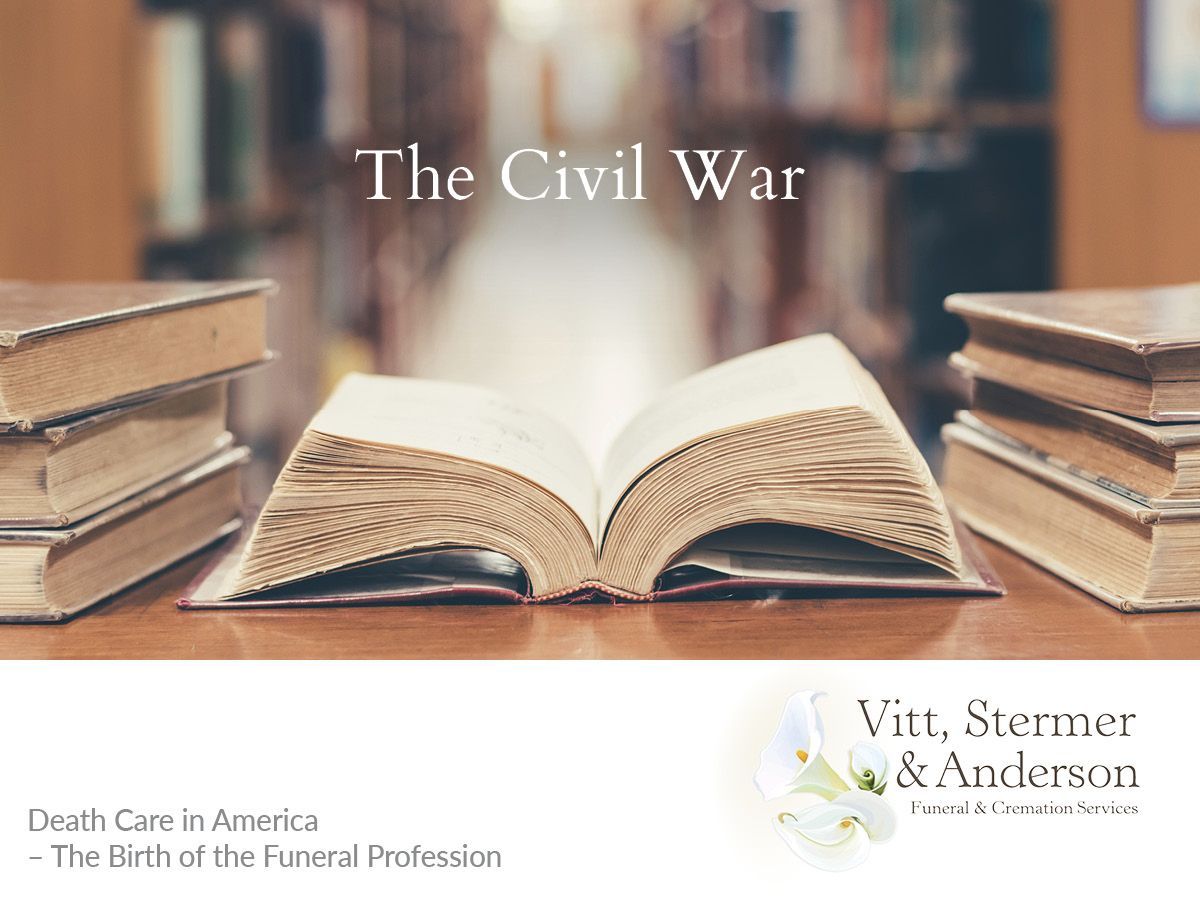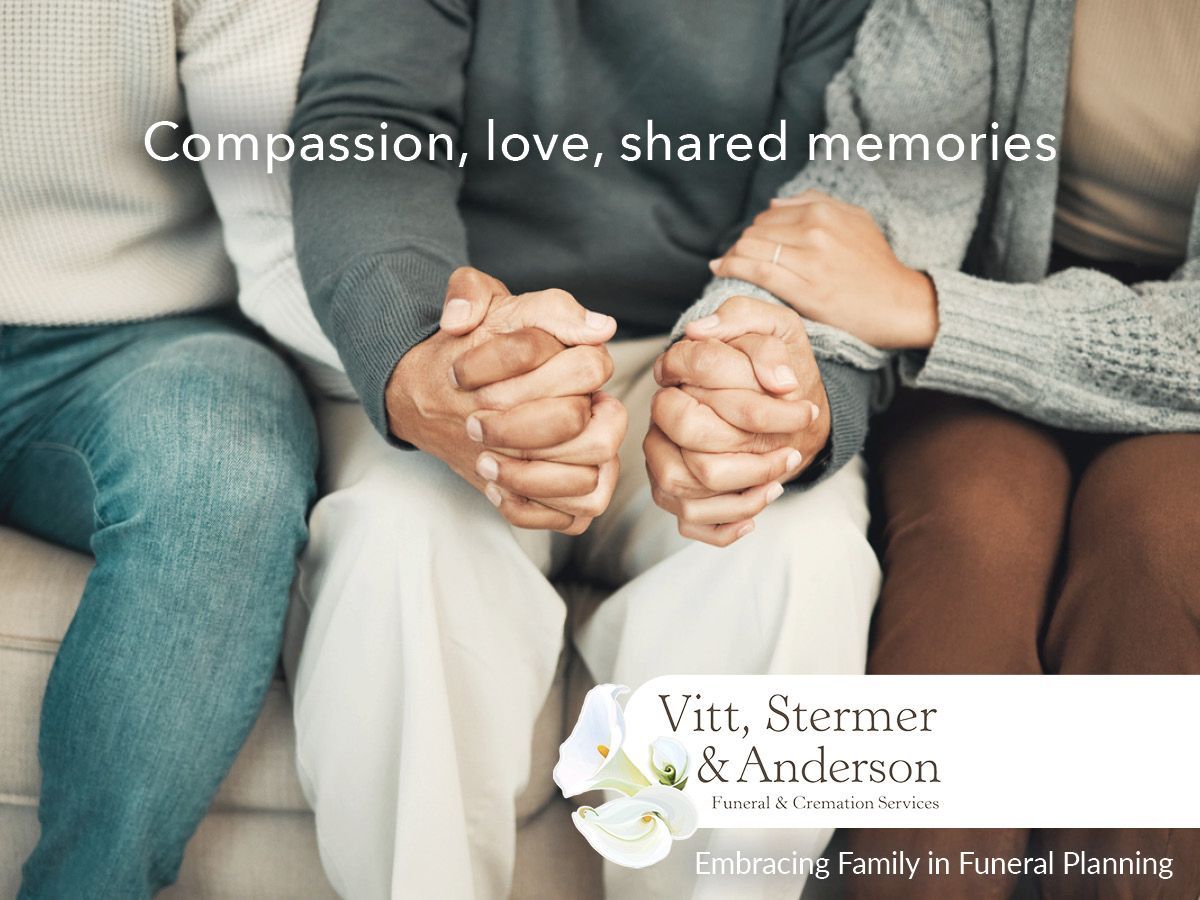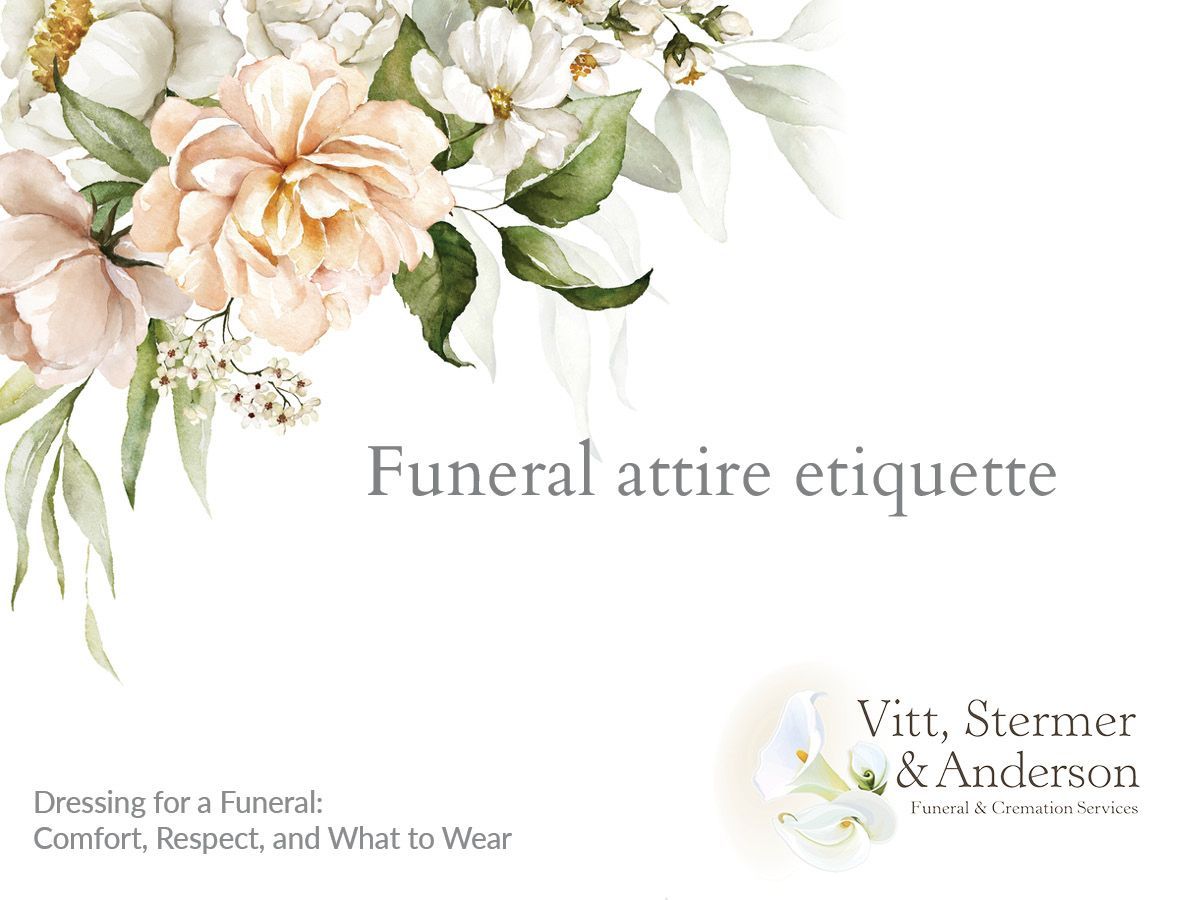What Does the Embalming Room Look Like?
What does the embalming room look like?
What happens during the embalming process?
What are the benefits of embalming?
What are the options if I do not want my loved one embalmed?
Embalming takes place in a designated area of the funeral home. This space is off-limits to all but the professional staff members. Similar to a surgical suite in a hospital, the embalming room is built and furnished with hard surfaces, like tile, stainless steel, or concrete. These materials are easily cleaned and nonabsorbent. The embalming room is very clean and is designed and maintained like a medical procedure room.
During the embalming process, the deceased is placed on a hospital-style gurney or embalming table. Throughout the process, the body is treated with the upmost respect and dignity. It is covered except when it is necessary to expose a part in order to complete the procedure. Funeral directors are very aware that the body was home to the spirit of a valued family member, and it is treated accordingly.
During the embalming process, the body is cleansed, body fluids are replaced with embalming fluids, features are set, and make up is applied to create a more natural appearance. In some cases, restoration is needed. Restoration is used to “repair” the body when an accident, violence, or disease has caused the body damage. Finally, the body is dressed.
Embalming is an ancient process that goes back to the time before Christ. It has been updated over time to use fewer and less toxic chemicals. It is a form of preserving the body. In America embalming came into regular practice during the civil war. An embalmed body could be preserved and transported back to the soldier’s home so that the family could say their goodbyes. Today, embalming is required by law in some states when the body is going to be transported across state lines. Embalming is required by most funeral homes when a visitation with the body present will be part of the service.
Dying is often very hard on the body. Body mass is lost, pain and suffering make their mark on the facial features. Efforts to keep the dying person alive or comfortable, bruise the body. Embalming provides the benefit of rolling back the clock and giving friends and family an opportunity to say their farewells to someone who looks more like the person they remember. For most people, the final expression they see on a loved one’s face sticks with them and is a lasting memory.
For those who prefer not to embalm, but still have family members who would like to have a private family viewing, other options are available. The family just needs to talk to their funeral director. Refrigeration can be used to slow down decomposition and can be a good alternative when religion or family custom eliminate the option of embalming.
The cost of embalming varies from one part of the country to the next. A family should not eliminate embalming for cost reasons alone. Talk to your funeral director. Always share both your family’s wants and needs as well as your budget with the funeral director. You may be surprised to find out embalming is less expensive than you expected.
